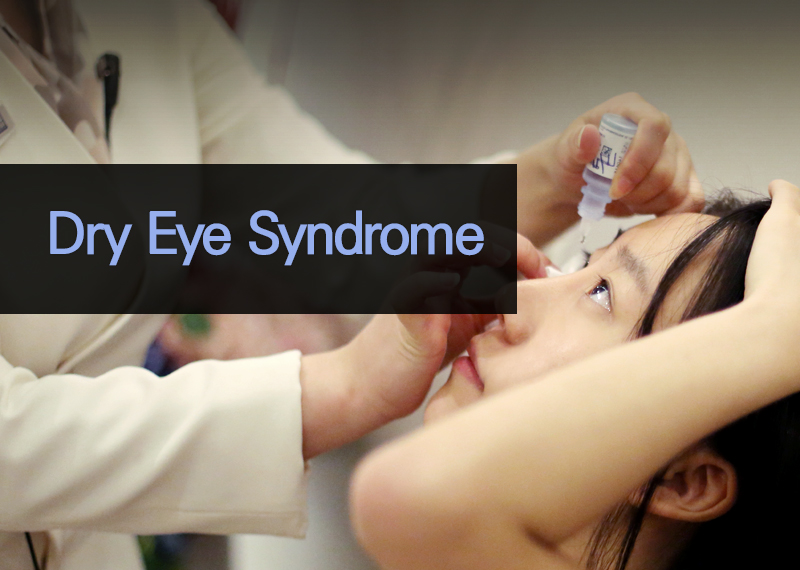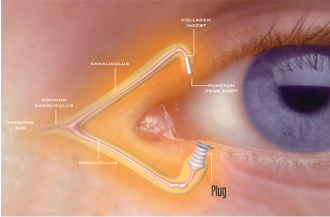
Dry eye syndrome occurs when either the eye does not produce enough tears or when the tears evaporate too quickly. Consequences of dry eyes range from subtle but constant eye irritation to significant inflammation and even scarring of the front surface of the eye.
-
Aging
Aging is one of the most common causes of dry eyes because tear production decreases with age. Dry eyes occur more in middle aged people especially in women experiencing menopause because of hormonal changes.
-
Arthritis
Dry eye syndrome is also a common ophthalmic manifestation of arthritis
-
After LASIK or LASEK surgery
During any refractive surgeries, in which the corneal nerves are cut during the creation of a corneal flap, dry eyes will occur temporarily whilst healing. Therefore, before a LASIK or LASEK surgery, it is necessary to undergo Tear Breakup Time and the Schirmer test to correctly assess the moisture on the surface of your eyes. If symptoms persist, you should consult your specialist to find the correct treatment for your eyes.
-
Others
There are other causes of dry eyes such as side effect of certain medications, or Vitamin A deficiency. You may have an abnormality on the cornea surface or an infection in the eye lids. Dry eyes can also occur if you have worn contact lenses for too long.
When tears don’t provide enough moisture, you might notice
- a gritty and itchy feeling
- a feeling as if there is something in the eye
- a thread like discharge in the eye
- light, wind and smoke sensitivity
- sudden produce of tears
 Schirmer test
Schirmer test
-

When the actual cause of dry eyes is known, treating the cause is a priority. Hence, if the reason is taking medication that induces dry eyes, you should stop taking that medication. If you are suffering from keratitis (inflammation of Sthe cornea), conjunctivitis (eye inflammation), or infection in the eye lids, these should be treated first. If you are experiencing menopause, hormone therapies could help. If the cause it due to a lack of Vitamin A, eye ointment containing Vitamin A can aid in relieving dry eyes.
-

Artificial Tear Solution
Minimize dryness by restoring or maintaining the normal amount of tears with the use of artificial tear drops (once every 30~60 minutes).
Optical Ointment
If symptoms are most severe when you wake up in the morning, using optical /artificial tear ointment before you sleep can relieve the pain the following morning.

Autologons Platelet Rich Plasma Eye Drops
Aotologons PRP eye drops, especially made tear viral from the serum extracted from your own blood, can also help in the relief of severe dry eyes. Blood serum contains essential tear film components including epidermal growth factor, TGF, fibronectin, and even Vitamin A. Particularly, fibronectin is a high molecular weight glycoprotein that is essential for a healthy extracelluar matrix. It binds key components, such as collagen and is especially important for would healing. The serum drops contain essential components for immunity to help speed up the healing process and to relieve dry eyes.

-

When eye drops fail to relieve your dry eye condition, you may consider punctal plugs. Punctal plugs are tiny biocompatible devices made of collagen. They are inserted into the tear ducts to block drainage. This increases the eye’s tear film and surface moisture to relieve dry eyes. These plugs are usually used to prevent dry eyes after LASIK, long term use of contact lenses, or from seasonal allergies.
 Ultra Plug
Ultra Plug
-

When indoors, either use a humidifier or put out a bowl of hot water to increase the humidity in the room. When you are outdoors, wearing glasses can lessen symptoms. Make a conscious effort to blink more frequently and drink a lot of water to maintain the water levels in your body.




